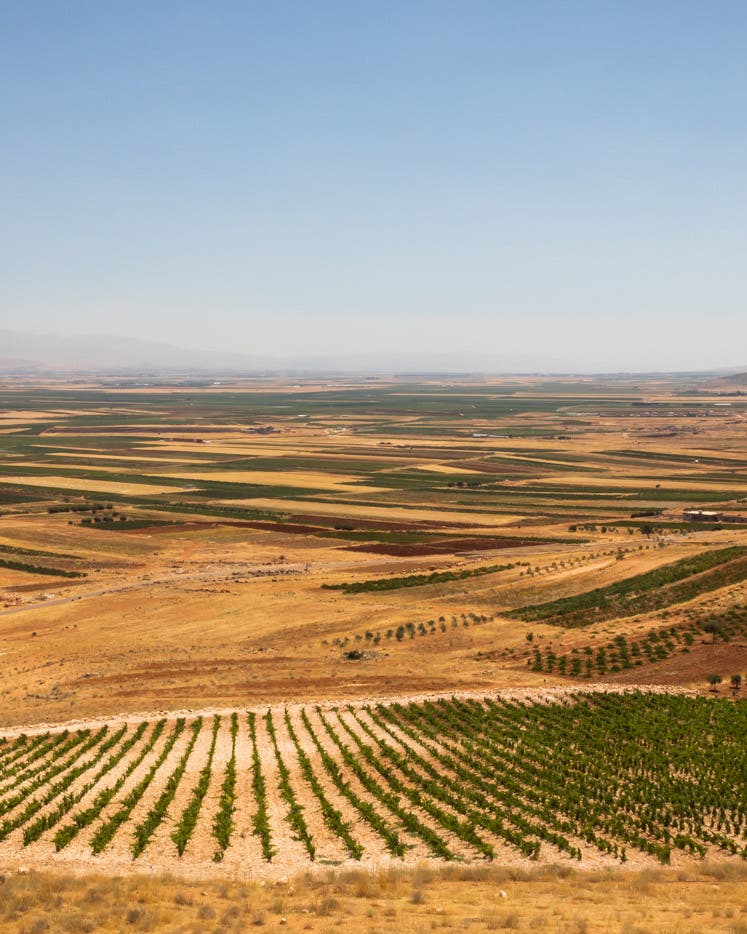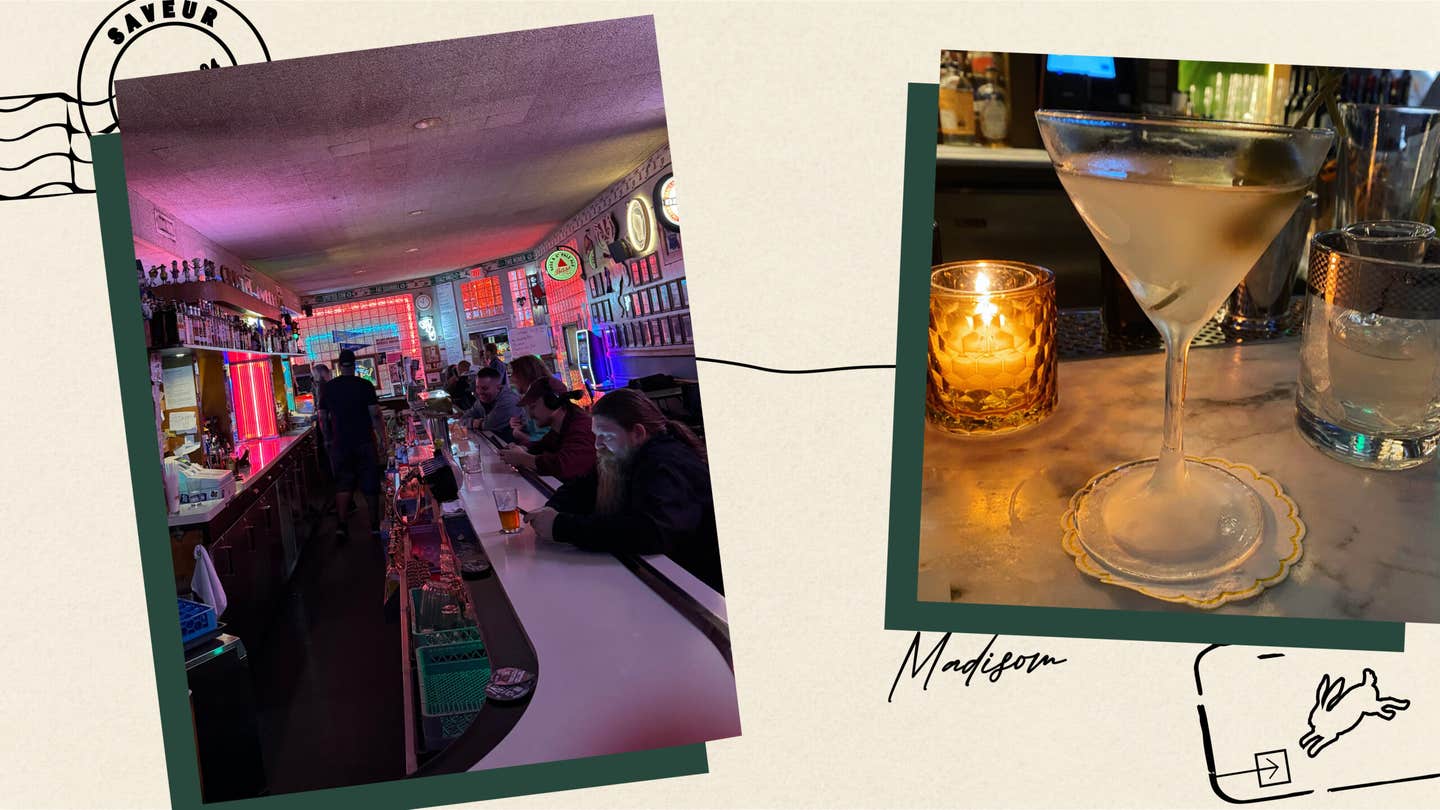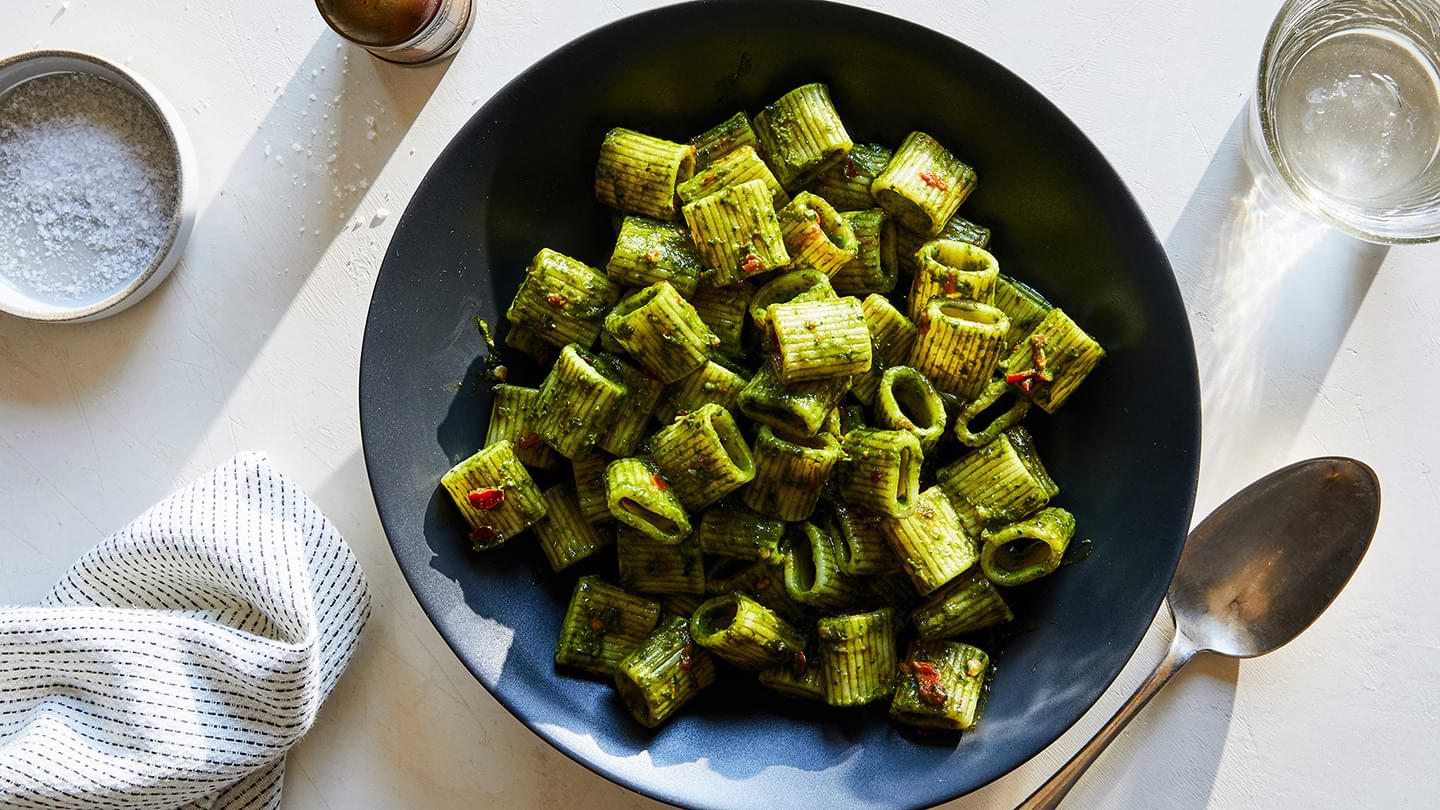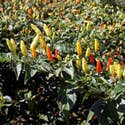
Postcard: Picking Tabasco Peppers on Avery Island, LA
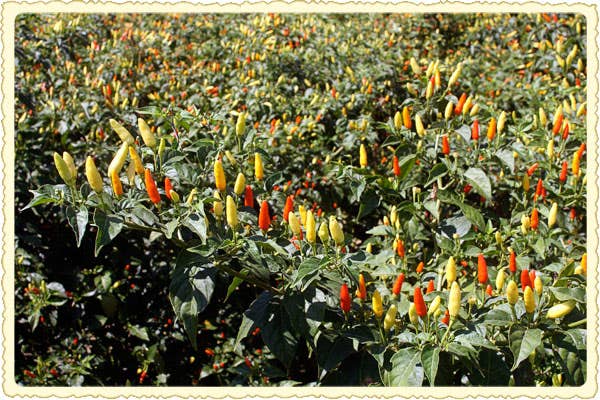

It's pepper harvesting season at the Tabasco factory on Avery Island, LA. These pepper fields have been tended and harvested for sauce-making by members of the McIllhenny family since the mid-1860s, and every family member and factory worker I met had plenty of inspiring stories about Tabasco's legacy. As I toured the fields under the hot afternoon sun last week, I learned how to find the peppers that are ready for picking: only specimens of the very brightest red shade should be pulled off the stem. Novice pickers are given "le petit baton rouge" — a stick with the ripe red shade painted on it — to match against the growing peppers. If the stripe matches, it's time for the pepper to go into the basket. — Anna Stockwell
Keep Reading
Continue to Next Story
